“Women’s Human Hair Toppers” are hairpieces specifically designed for women who are experiencing hair loss or thinning on the top of their heads. These toppers are made with high-quality human hair, offering a natural look and feel that can seamlessly blend with one’s own hair.
One of the key features of women’s human hair toppers is their versatility. They come in various sizes and lengths, allowing women to customize the topper to fit their unique hair loss pattern and desired style. The toppers are typically attached using clips or combs, providing a secure and comfortable fit.
These toppers are made from 100% human hair, which means they can be styled and treated just like real hair. They can be washed, blow-dried, straightened, curled, and even dyed to match the wearer
Product Description For Women’s Human Hair Toppers
Price: [price_with_discount]
(as of [price_update_date] – Details)
A treasure. Hymenoptera highlights these insects in an incredibly rich selection of color photographs and text, that serve both in identification and to illuminate their lives and strategies. It is hugely pleasing. Superb.
— Bernd Heinrich, biologist and author
Stephen A. Marshall’s natural history titles — Insects: Their Natural History and Diversity, Beetles: The Natural History and Diversity of Coleoptera and Flies: The Natural History and Diversity of Diptera — are among the most respected books on the insect world published in the last 20 years. More admirable than the books’ rigorous science, however, is that they are wholly suitable for a lay audience, including high school students interested in entomology. The books have been adopted as classroom texts at the university level and are on the reference shelves of many practicing entomologists.
In Hymenoptera, Marshall has applied his broad knowledge of insects to the world of wasps, bees and ants. The subject of this book is an enormous one, since Hymenoptera is arguably the largest order of living things. Comprehensive and packed with richly illustrated keys and thousands of color photographs identified with help from many of the world’s best hymenopterists, this volume provides the reader with a colorful and enjoyable introduction to a huge group of organisms, along with an overview of the diversity of fascinating families included in the group.
Marshall opens with a description of what makes a wasp a wasp, and then introduces the diversity, importance and natural history of the order with copious examples and explanations. Topics include the life histories of wasps, Hymenoptera and plants, Hymenoptera in history, culture and fiction, kleptoparasitism, and many more.
Part two of Hymenoptera is a guided tour of the diversity of the order, with fascinating stops for almost all of the world’s 100 or so families of wasps as well as most of the significant subfamilies. Thousands of photos, almost all taken in the field by the author, are used to capture the range of form and function in each family, with pages of photographs of the popular groups — such as bees, hornets and ants — but also with little-known groups ranging from pincer wasps to fairyflies. Essential information about importance, range, behavior and biology is provided for each group, and easy-to-use photographic keys to most families are provided for those wishing to use the book as an identification guide.
Like Marshall’s companion titles, Hymenoptera will be welcomed by the scientific, academic and naturalist communities, as well as the next generation of entomologists.
From the Publisher
Hymenoptera: The Natural History and Diversity of Wasps, Bees and Ants


“Hymenoptera” will be welcomed by the scientific, academic and naturalist communities, as well as the next generation of entomologists.
In Hymenoptera, Stephen A. Marshall has applied his broad knowledge of insects to the world of wasps, bees and ants. The subject of this book is an enormous one, since Hymenoptera is arguably the largest order of living things. Comprehensive and packed with richly illustrated keys and thousands of color photographs identified with help from many of hymenopterists, this volume provides the reader with a colorful and enjoyable introduction to a huge group of organisms, along with an overview of the diversity of fascinating families included in the group.






From the Chapter on Superfamily Formicoidea & Family Formicidae
This Yellow-haired Sugar Ant, Camponotus fulvopilosus, is one of about 15,000 described species of ants.
From the Ants & Plants section
A hollow thorn on this bull’s horn acacia was opened to expose workers and brood of Pseudomyrmex flavicornis.
From the Leafcutters, Mason Bees, Resin Bees and Relatives section
Megachilidae are among the easiest bees to recognize, thanks to the prominent scopae (rows of pollen-holding bristles or hairs) normally visible under the metasoma (abdomen). The resulting conspicuously hairy and often pollen-covered underbelly, combined with a chunky body and robust mandibles, imparts a particular look to most megachilid bees even though scopae are undeveloped in males and lost in kleptoparasitic genera.






From the Dangerous Wasp section
Polistes paper wasps are usually not aggressive, but the Neotropical Polistes carnifex is reputed to have a painful sting, a reputation given steam by the YouTube star “Coyote” Peterson in 2018. Peterson, infamous for encouraging various animals to bite and sting him online, claimed that the sting of P. carnifex, which he called the “Executioner Wasp,” is more painful than the Bullet Ant or the Asian Giant Hornet.
From the Chapter on Hymenopteran Parasitoids & Predators: Ichneumonid wasps
These male ichneumonid wasps, Cyrtorhyssa (Ichneumonidae), developed on a host deep in this log in Vietnam and are waiting near their emergence holes for virgin females to chew their way to the surface. Males in this group emerge earlier than the females and often compete to mate with the females still in their exit tunnels.
From Hymenoptera & Plants section
Several orchids use sexual deception to seduce wasp pollinators. Western Australian warty hammer orchids, for example, attract males of a thynnid wasp, Zaspilothynnus trilobatus, to flowers that look and smell like female wasps of the same species.
Publisher : Firefly Books (April 1, 2023)
Language : English
Hardcover : 640 pages
ISBN-10 : 0228103711
ISBN-13 : 978-0228103714
Item Weight : 3.74 pounds
Dimensions : 8.5 x 1.25 x 11 inches
[ad_2]
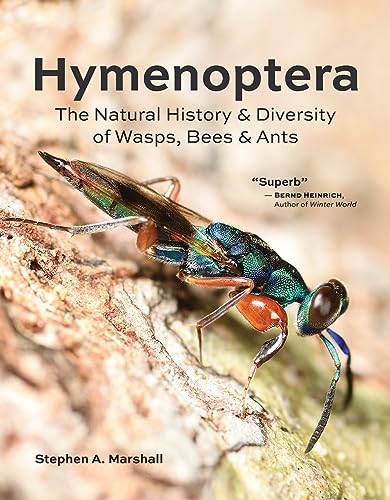
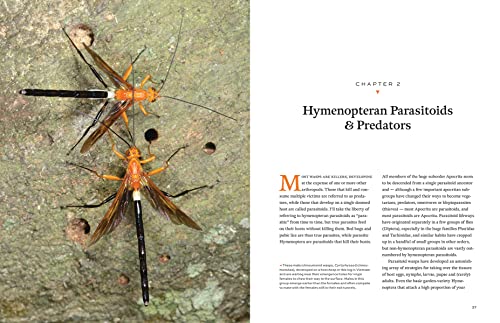
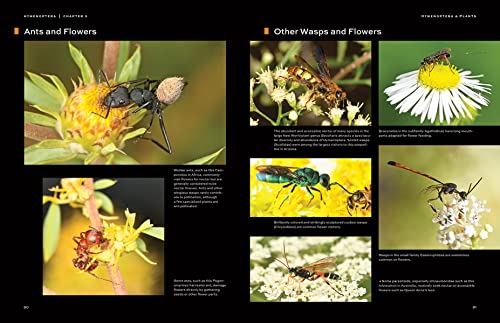
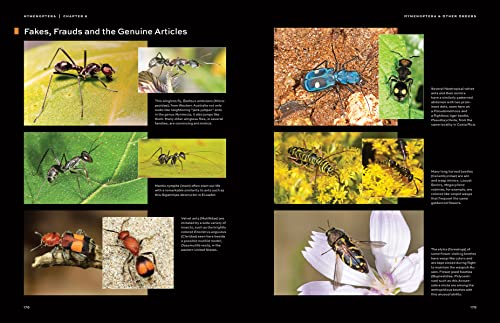
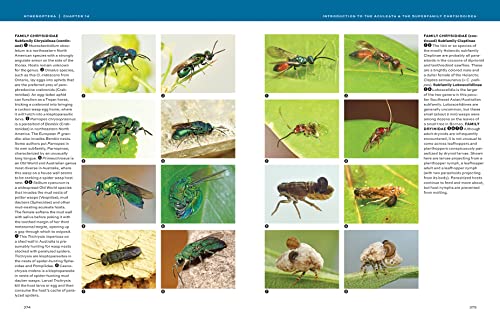


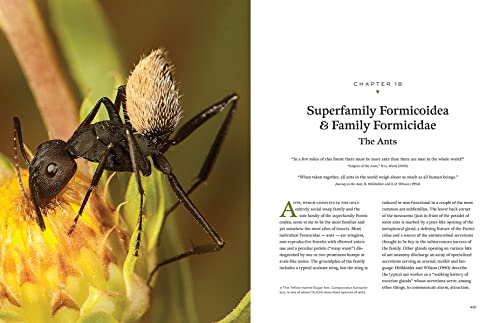


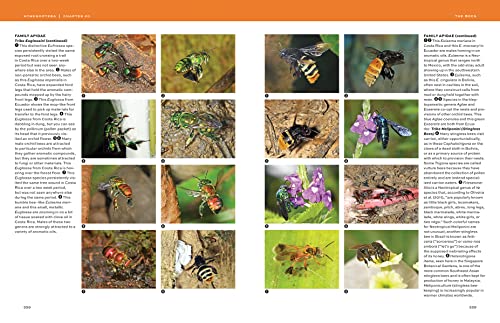

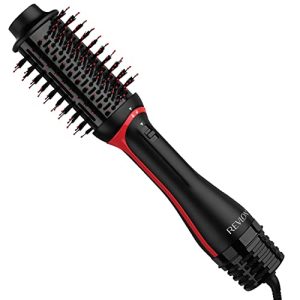


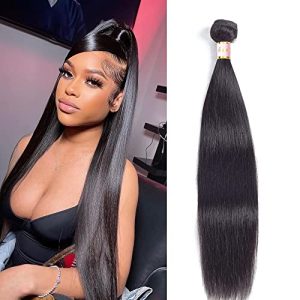
Reviews
There are no reviews yet.